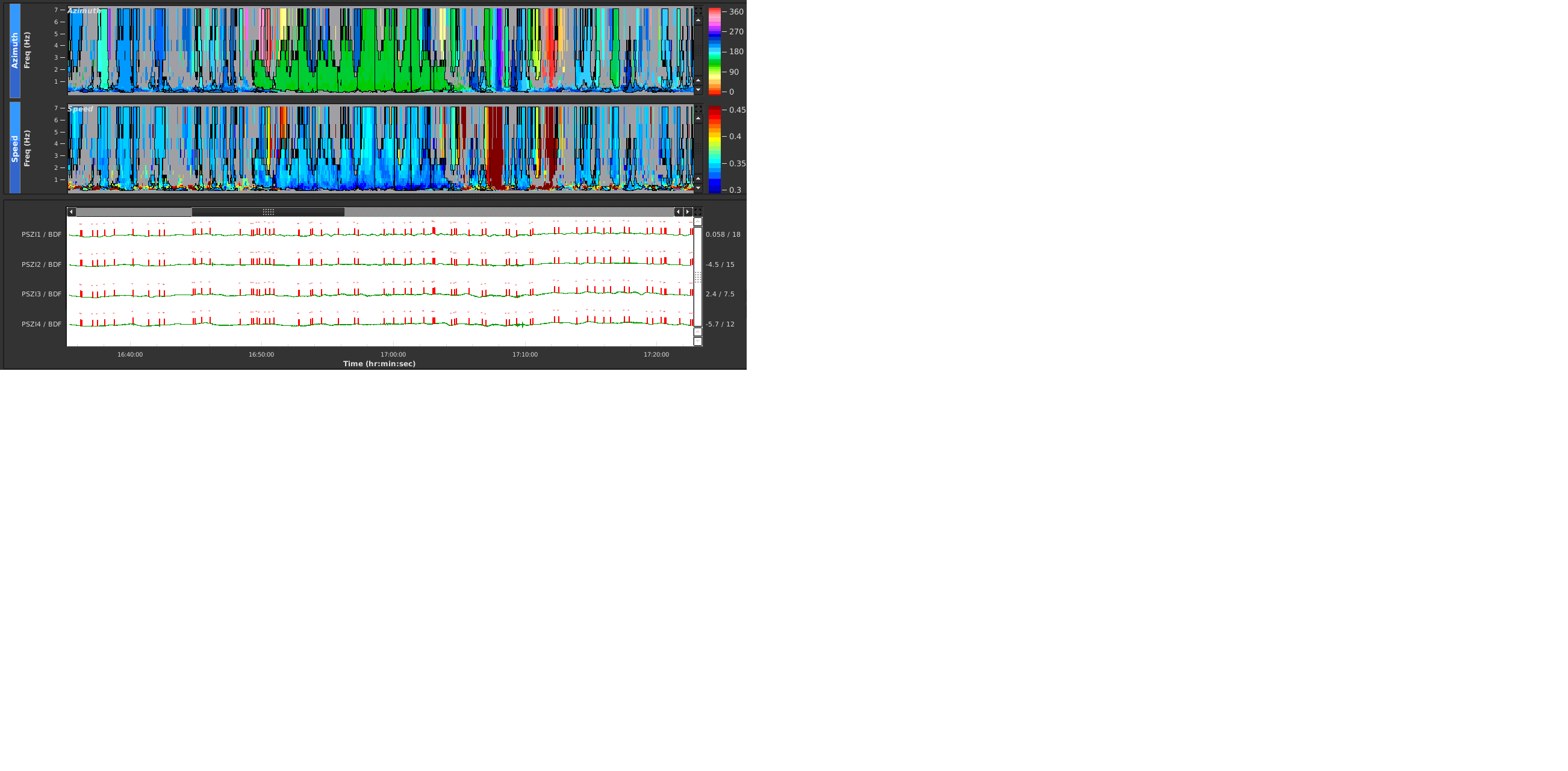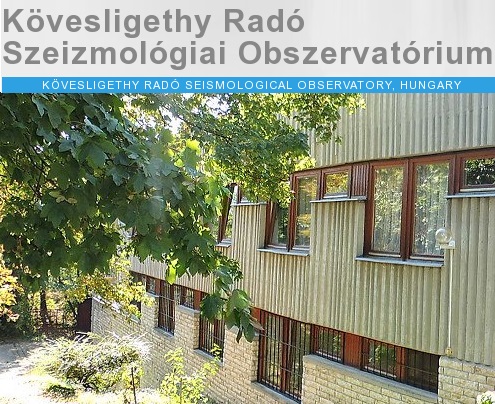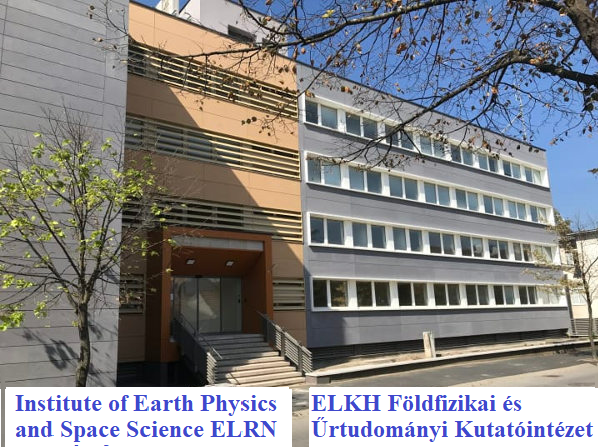Traces of Bolida at INFRA stations in Hungary
- Details
- Hits: 576
On the morning of February 28, 2020, around 9:30 UTC, a meteor over Croatia and Slovenia entered the atmosphere and fell to pieces with a spectacular explosion, which was also reported by many eyewitnesses from Hungary. The explosion was also registered by several seismological stations in Hungary. Based on the seismic signals, the approximate location of the explosion was also determined (Figure 1).

Figure 1. Blue dot on the map indicates the approximate location of the explosion, and seismometers have detected signs accompanying the bolida explosion at locations marked with a red dot.
Figure 2. shows the ground movements measured by nearby seismological stations on 28/02/2020 from 9:30 to 10:00 (UTC). The stations are arranged according to their distance from the specified location of the explosion (the farthest ones are below, and the farthest is about 320 km from the explosion). The seismiograms show the shock wave generated by the explosion, which coupled to the ground created a seismic wave. This is indicated by the fact that the time of appearance of the maximum of ground movements corresponds approximately to the speed of sound. The infrasound detections (PSZI2, PSZI3, PSZI4) are shown at the bottom of the figure. Infrasound detectors detect the acoustic signal directly.
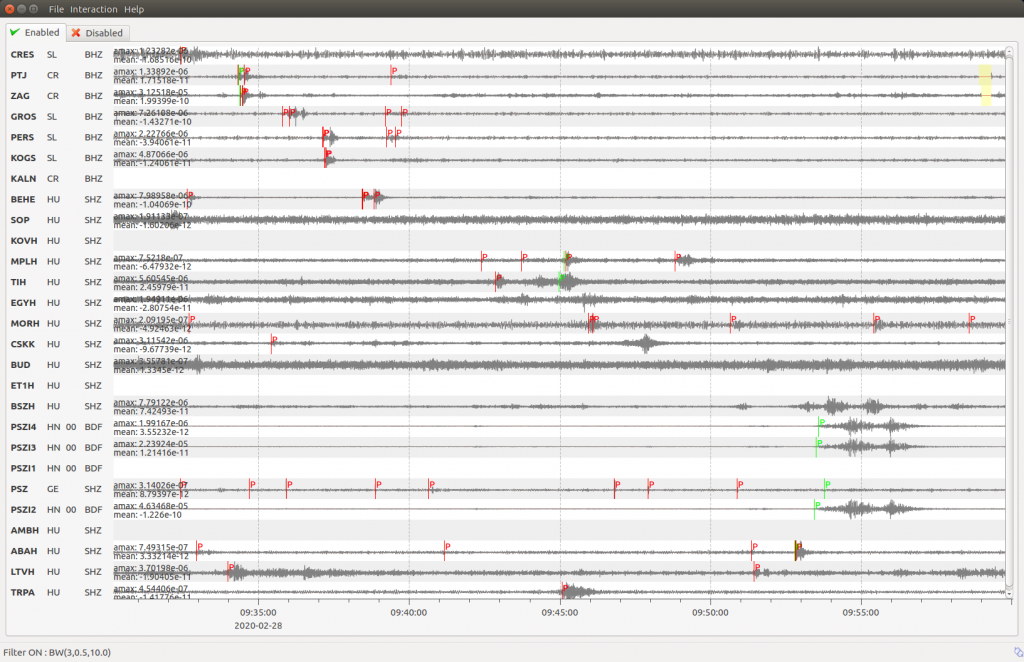
Figure 2. Signs of seismometers that detected the explosion of bolida
Infrasound registrations after processing indicate that the detected signals was received just from the direction of the explosion (approximately 230 ° azimuth) (Fig. 3).
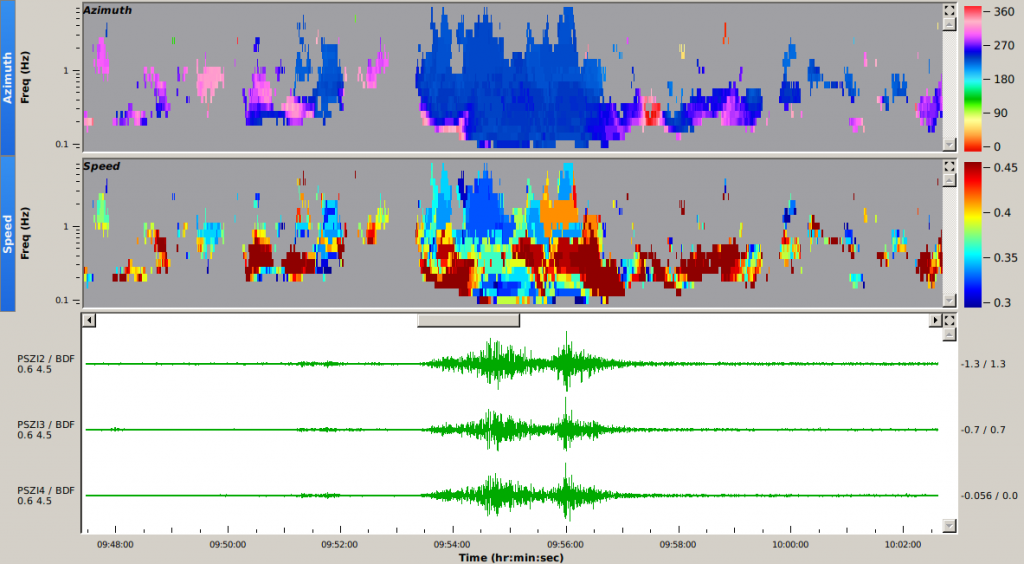
Figure 3. The infrasound detections (below) and the processed data colored according to the direction of the source (above).






